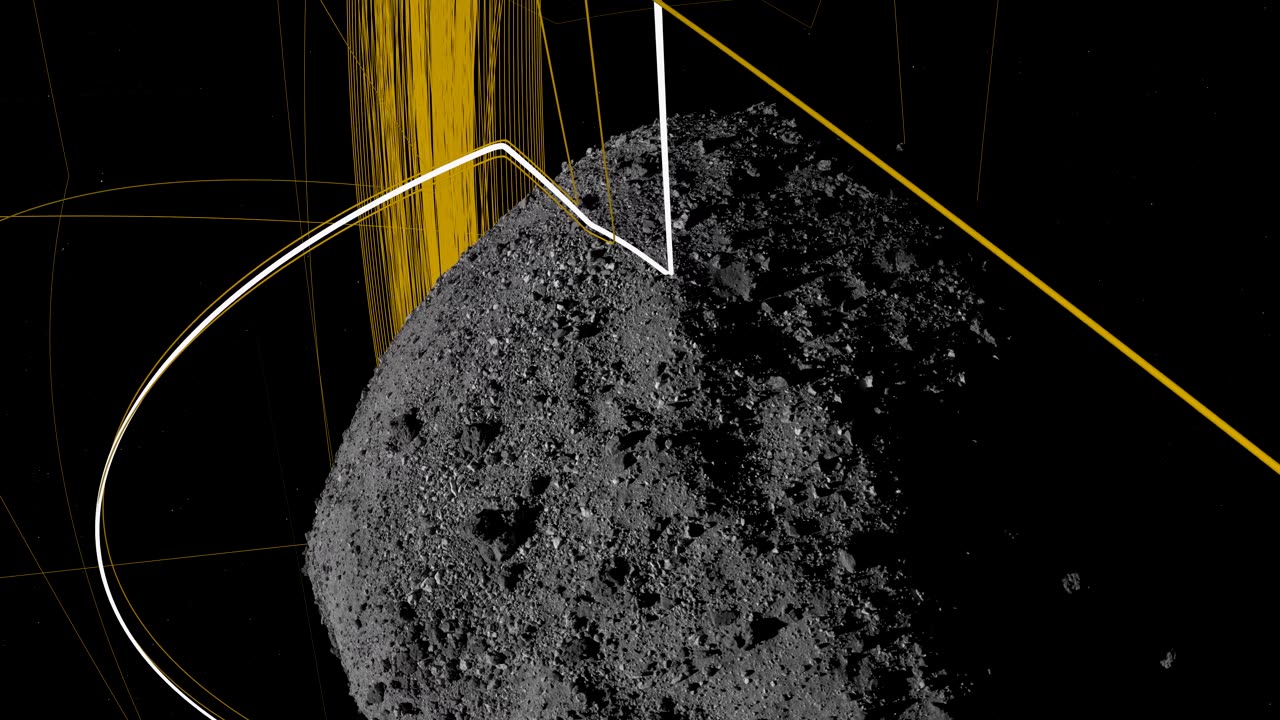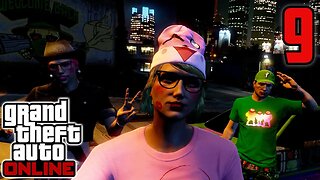Premium Only Content

OSIRIS-REx Slings Orbital Web Around Asteroid to Capture Sample - 4K_2
Title: "How We Are Going to the Moon: The Future of Lunar Exploration"
Introduction (0:00 - 0:45):
Start with an engaging hook: "Hello, space enthusiasts! Today, we're diving into the thrilling world of lunar exploration and discussing the exciting plans for returning to the Moon. Join us as we explore 'How We Are Going to the Moon' and what the future holds for lunar missions."
Explain the significance of returning to the Moon and the broader goals of lunar exploration.
Mention that you'll provide a comprehensive overview of the strategies and missions involved.
Segment 1: The Vision for Lunar Exploration (0:45 - 2:30):
Discuss the goals and objectives of contemporary lunar exploration efforts.
Explain the importance of the Moon as a stepping stone for future deep-space exploration, including Mars missions.
Mention the international collaboration and cooperation in lunar exploration.
Segment 2: NASA's Artemis Program (2:30 - 4:00):
Introduce NASA's Artemis program as a major initiative for returning humans to the Moon.
Describe the key elements of Artemis, such as the Space Launch System (SLS), the Orion spacecraft, and the Gateway.
Highlight the Artemis mission timeline, including crewed lunar landings.
Segment 3: Commercial Lunar Payload Services (CLPS) (4:00 - 6:30):
Explain how commercial companies are playing a vital role in lunar exploration.
Discuss the Commercial Lunar Payload Services (CLPS) program and its objectives.
Mention specific companies and their lunar payload missions.
Segment 4: International Collaboration (6:30 - 8:00):
Highlight the importance of international partnerships in lunar exploration.
Discuss NASA's collaboration with space agencies like ESA, Roscosmos, and JAXA.
Mention the contributions of various countries to lunar missions and research.
Segment 5: Private Space Ventures (8:00 - 9:30):
Explore the involvement of private space companies, such as SpaceX and Blue Origin, in lunar exploration.
Discuss their ambitious plans for lunar missions and potential lunar tourism.
Highlight the role of competition and innovation in driving lunar exploration.
Conclusion (9:30 - 10:00):
Summarize the future of lunar exploration and the exciting prospects of returning to the Moon.
Express your enthusiasm for the upcoming lunar missions and their impact on space exploration.
Invite viewers to like, share, and subscribe for more space-related content.
Closing:
Display your social media links and encourage viewers to follow for updates.
Suggest related videos or playlists for viewers interested in space exploration and lunar science.
Include video credits and sources for mission information.
Ensure that your video features high-quality visuals, animations, and graphics to enhance the viewer's experience. Use clear and engaging narration throughout the video, and consider using background music to add depth to your presentation while maintaining a sense of excitement and anticipation for the future of lunar exploration.
Regenerate
-
 30:37
30:37
Degenerate Plays
14 hours agoThis College Is Out Of Control - GTA Online : Part 9
40 -
 16:28
16:28
Mrgunsngear
2 days ago $0.49 earnedBeretta 92XI SAO Sabbia Review - A Few Surprises
3.46K5 -
 1:48
1:48
Memology 101
1 day agoThis aged like milk for Tish James...
6845 -
 LIVE
LIVE
Boxin
2 hours agoGrounded! part 5
128 watching -
 43:37
43:37
American Thought Leaders
16 hours agoAfter 9 Years of Investigation, Here’s What I Uncovered | John Solomon
3.68K7 -
 1:02:27
1:02:27
The Heidi St. John Podcast
2 days agoWhen Government Becomes God with Bill Jack
156 -
 42:16
42:16
The Bryce Eddy Show
2 days ago $0.01 earnedCathy Meehan: Do Kids Really Need Well-Child Visits?
50 -
 1:00:00
1:00:00
BEK TV
2 days agoREAL MONEY STRUGGLES AND STRATEGIES FOR EVERY STAGE OF LIFE
1.18K -
 0:54
0:54
Living Your Wellness Life
2 days agoFinding Calm in the Chaos
241 -
 1:01:49
1:01:49
Wendy Bell Radio
4 hours agoWeekends With Wendy.
17.6K71